Due to the earthquake of 1966 that truly devastated the city, Tashkent today bears the mark of Soviet architecture ever so visibly, as it was rebuilt post haste by orders from Moscow following the disaster. Though some mosaics and buildings, as well as a few statues did not fare well, either due to passing of time, or because of the changing regimes in the tumultuous 90s, quite a lot of treasures, both artistic and architectural, still remain in town. Join me as we take a walk down the memory lane of Tashkent and explore its most Soviet parts.
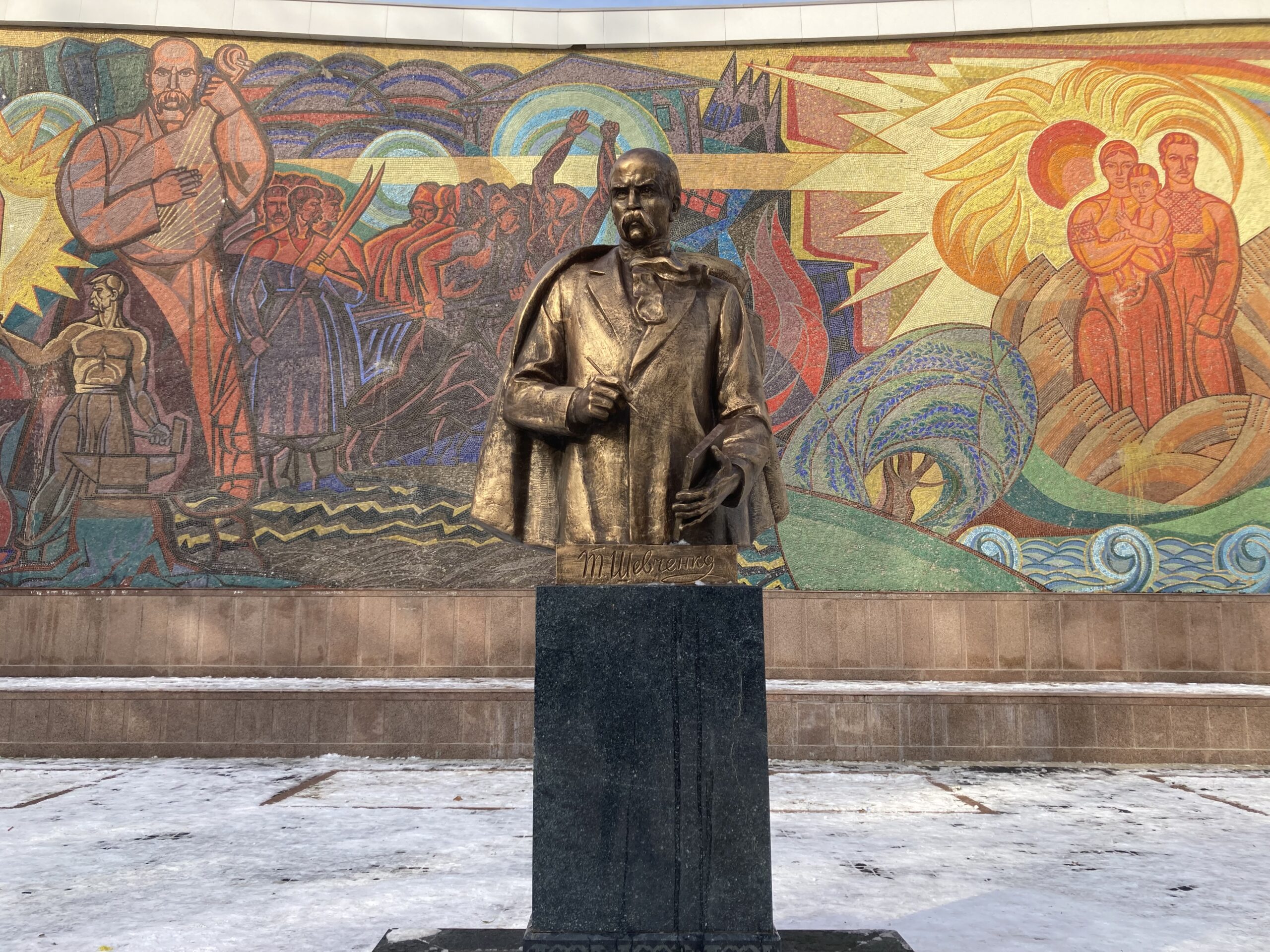
Perhaps one of the most famous sights in Tashkent is its illustrious Taras Shevchenko Monument. Shevchenko, a Ukrainian poet of 19th century is immortalized here with not only a beautiful statue, but also an excellent display of some of the best Soviet mosaics I have seen to date.
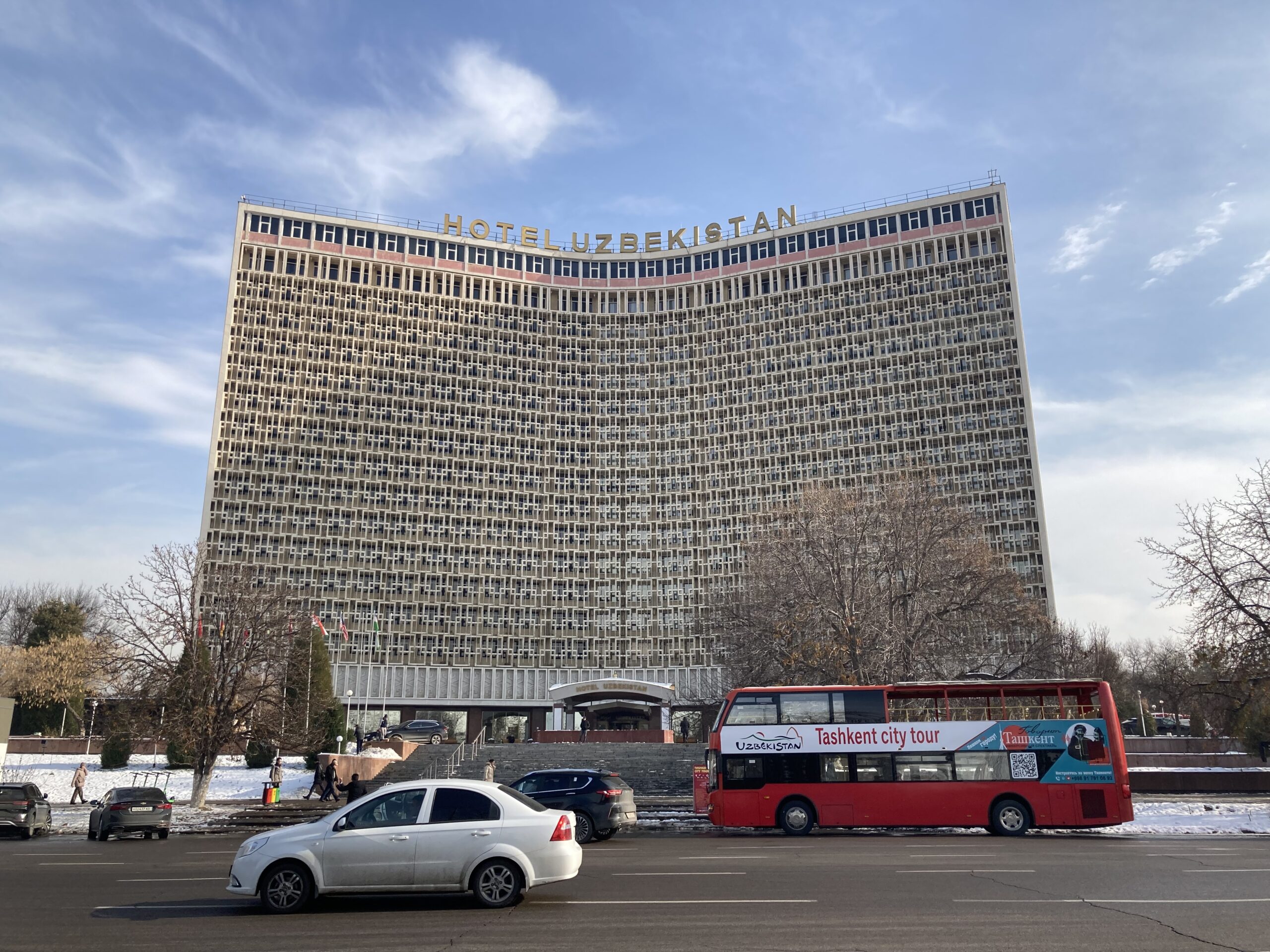
This exceptionally beautiful Hotel Uzbekistan is yet another must see sight in town, though I cannot say the same for its interior which is in decay and looks like it was not managed well since 1991… Nevertheless, you will be quite intimate with this building during your time in Tashkent, as it is practically in the dead center of the town.
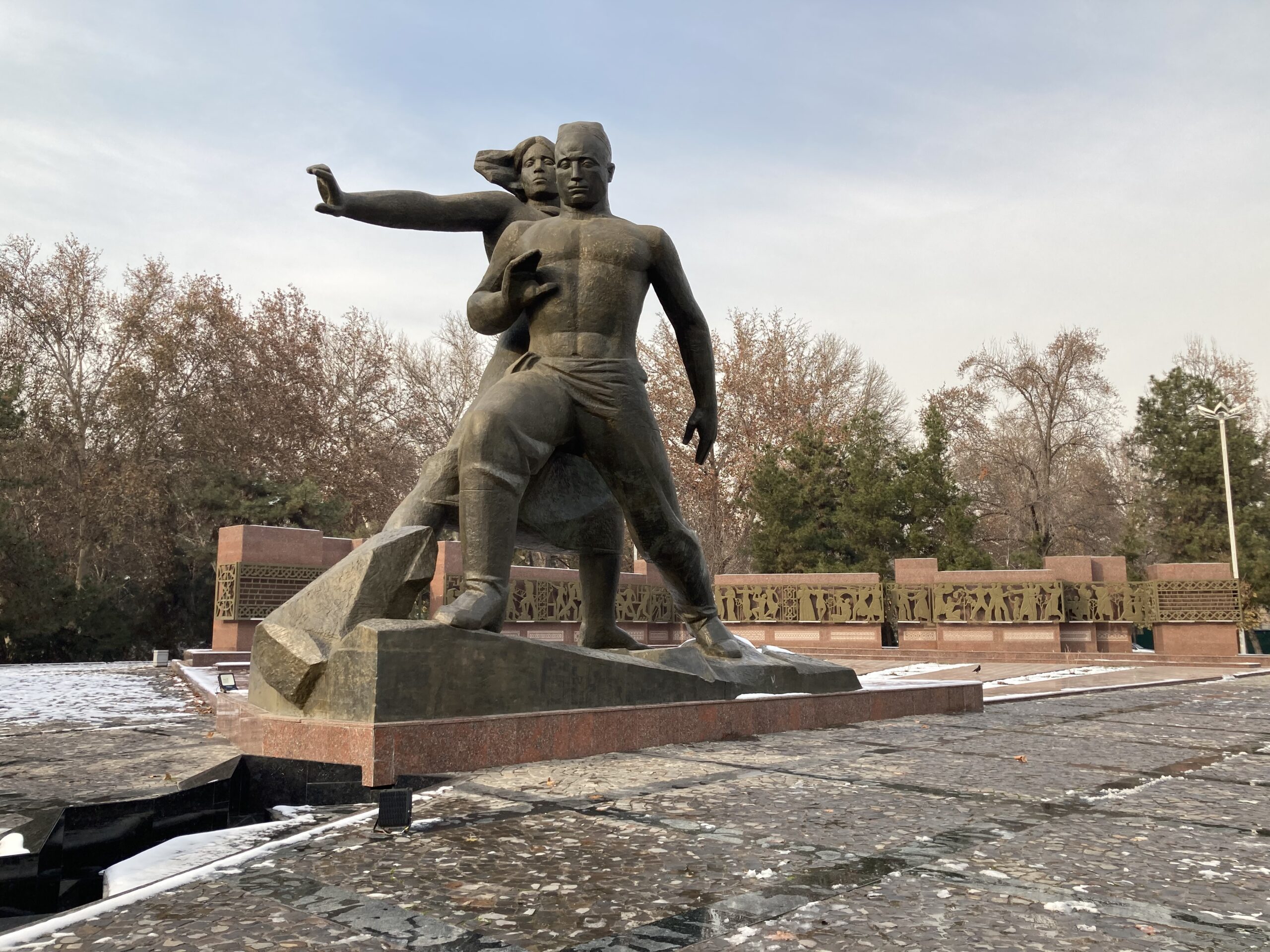
Just a few hundred meters away from Hotel Uzbekistan, you will find this Monument of Courage, which is dedicated to the people of Tashkent who triumphed against the powers of nature, per se, by recovering after the earthquake of 1966. There is a beautiful park that surrounds it, complete with a small creek that runs through it.
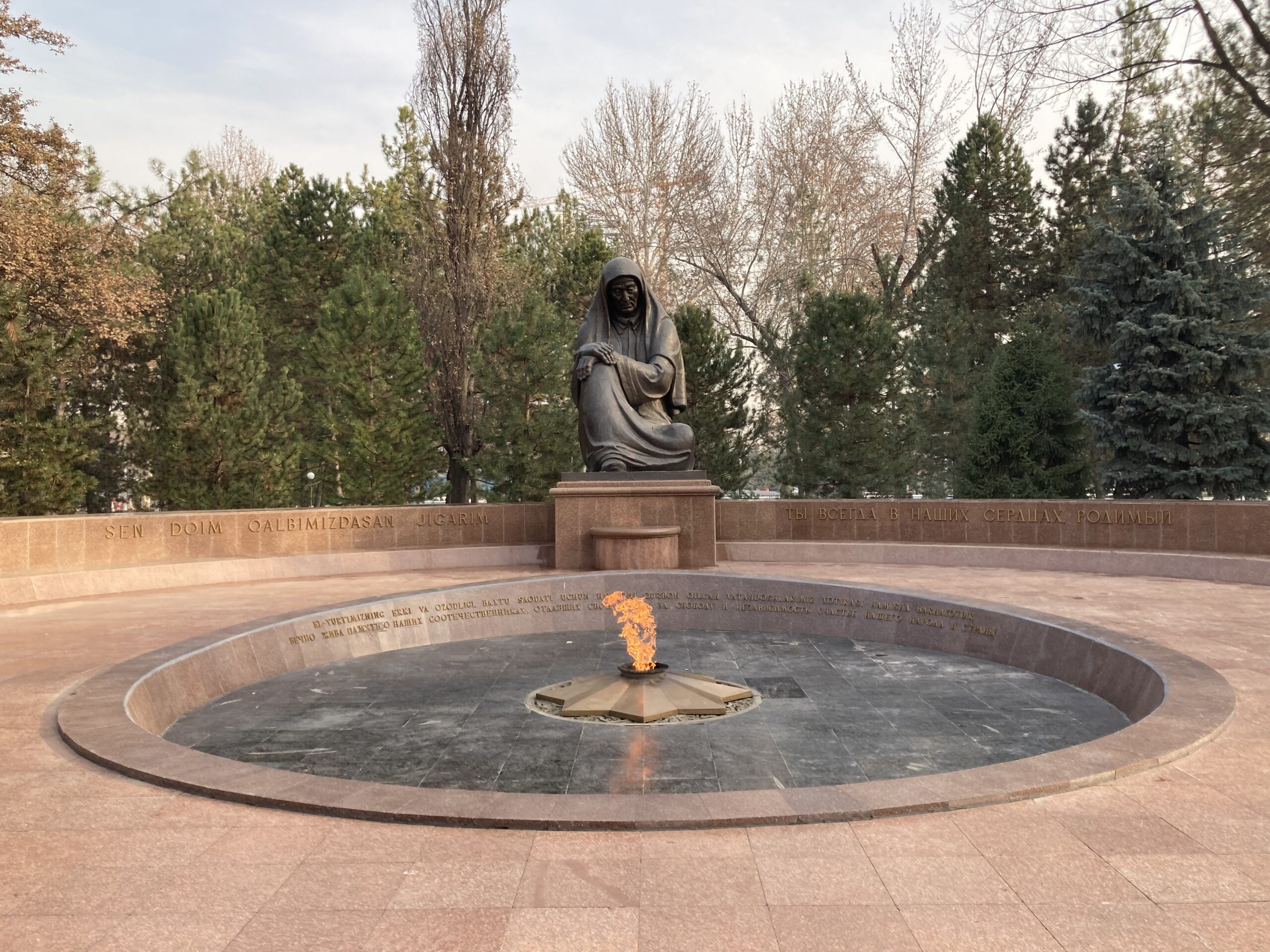
On the other side of the road, looking south, you will come across the eternal flame in Tashkent, which is a ubiquitous part of any and all ex-Soviet cities. A weeping mother can be seen overlooking the flame, which is dedicated to the lives lost during the Great Patriotic War.
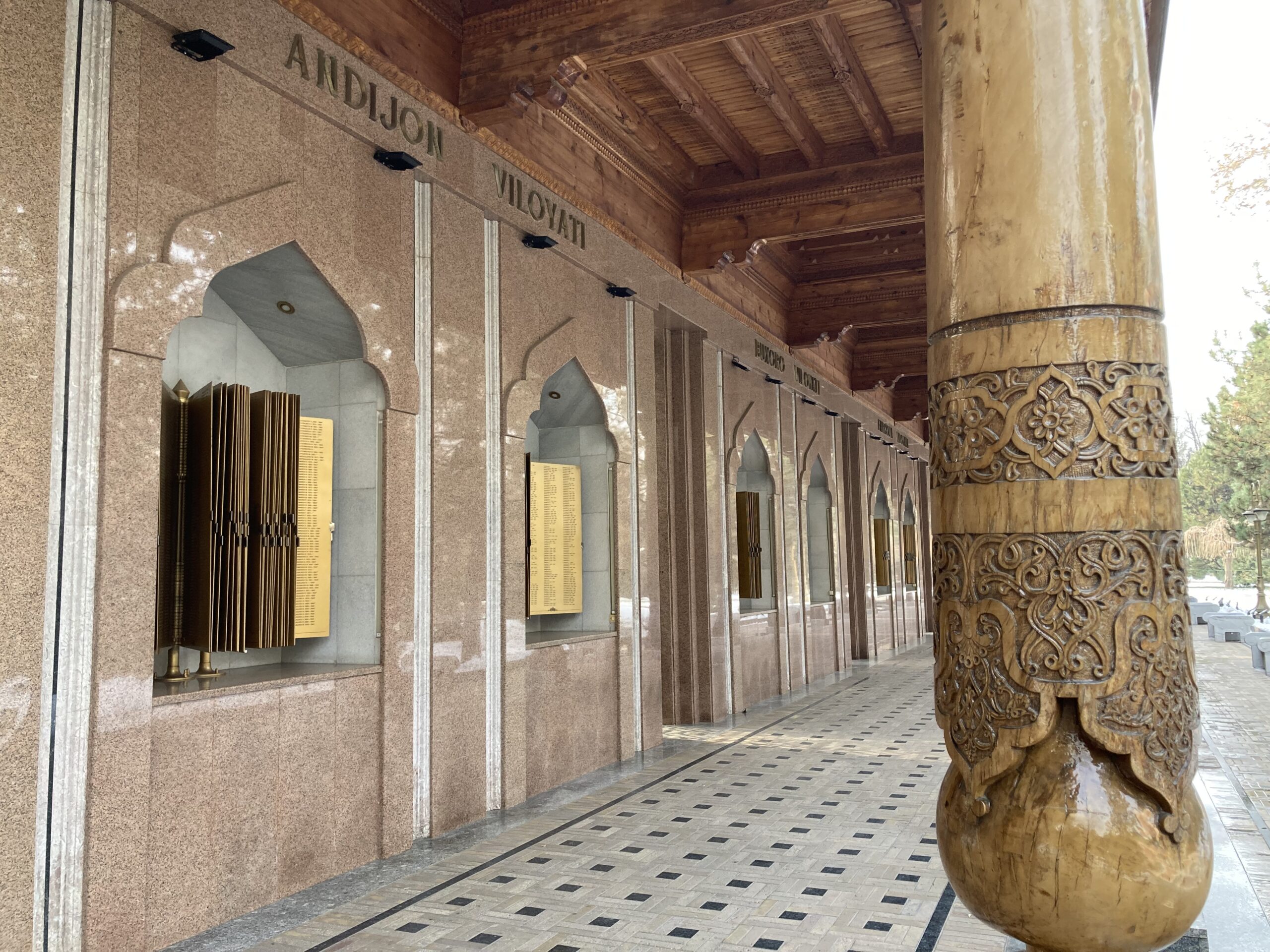
Speaking of those lives, the way they are commemorated here is some of the best I have seen to date. Fallen soldiers of the Soviet Union from the Uzbek SSR are categorized depending on the provinces they once hailed from.
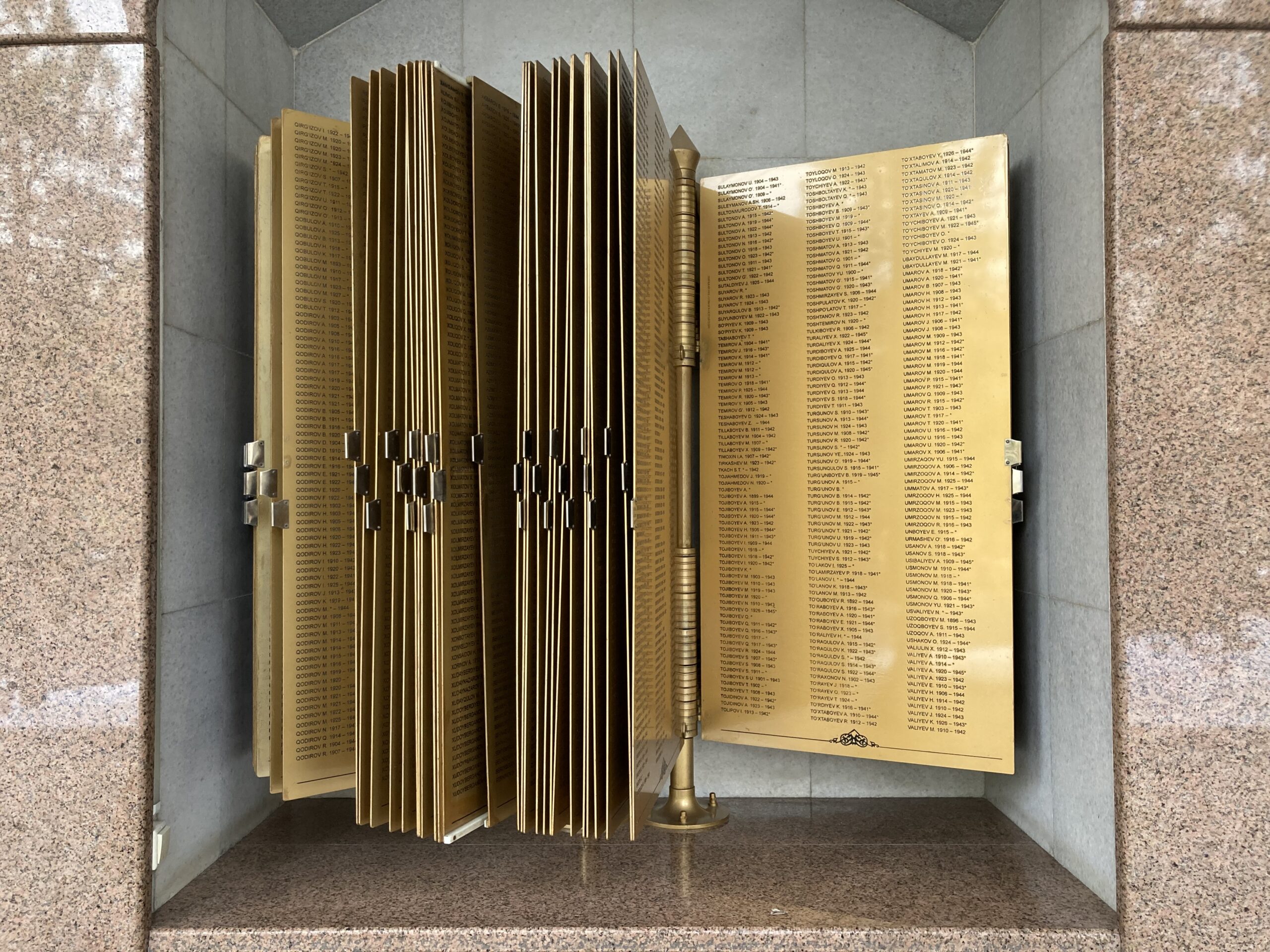
These golden notebooks, for lack of a better word, contain a list of names from those provinces, who unfortunately did not make the journey back to their homes. This way, you can understand the true size of the atrocities, as it is not some banal numbers that is given to you, nor a symbolic tombstone, but an endless list of actual people who once lived, loved, and sadly died before their times would come naturally.
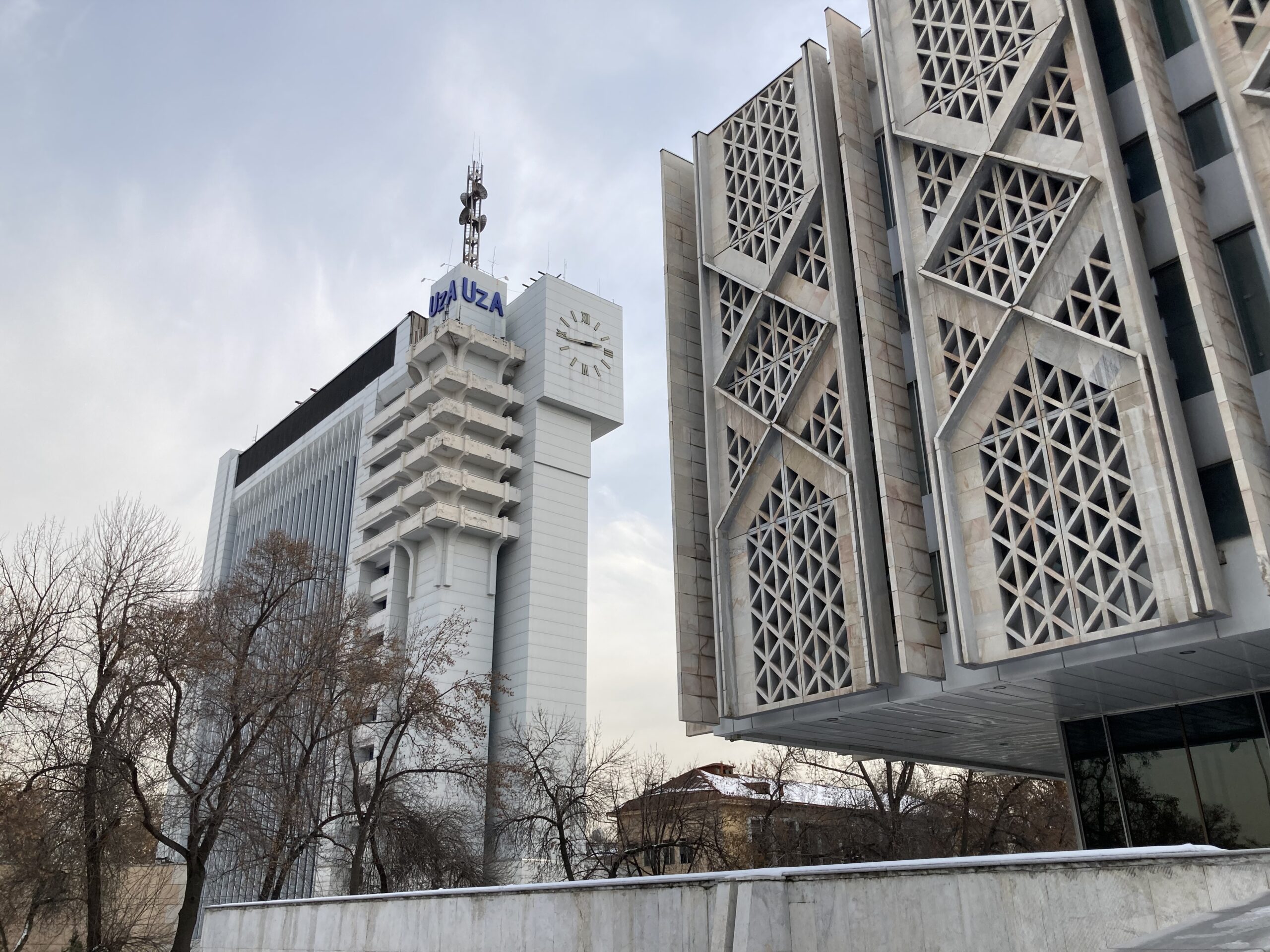
Let us go back to topics of a less sad nature. In fact, the architecture you can find around town just makes me want to cry, but with joy, at times… Most of the governmental offices, like the one on the left, are remnants from Soviet times, which often means that they have these unique shapes and forms, just delightful…
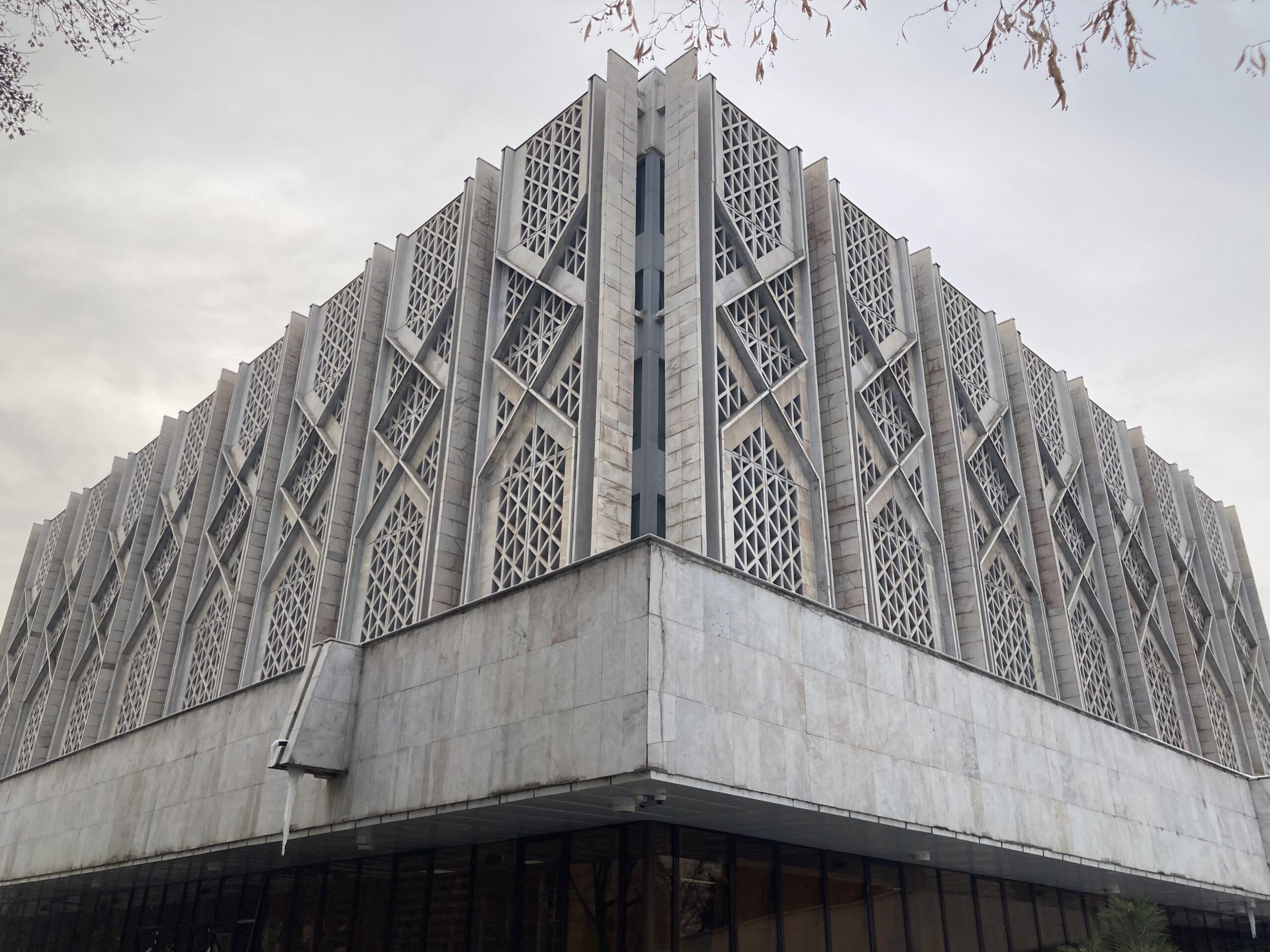
The one on the right is none other than the State Museum of the History of Uzbekistan, and yes, most museums are also harboured in old Soviet-era buildings, which means that a visit to them is well worth it, even if you do not intend to actually go inside them. To be a bit cheeky, in this specific case it is best to stay outside and admire the building alone, as it is more interesting than what is going on inside…
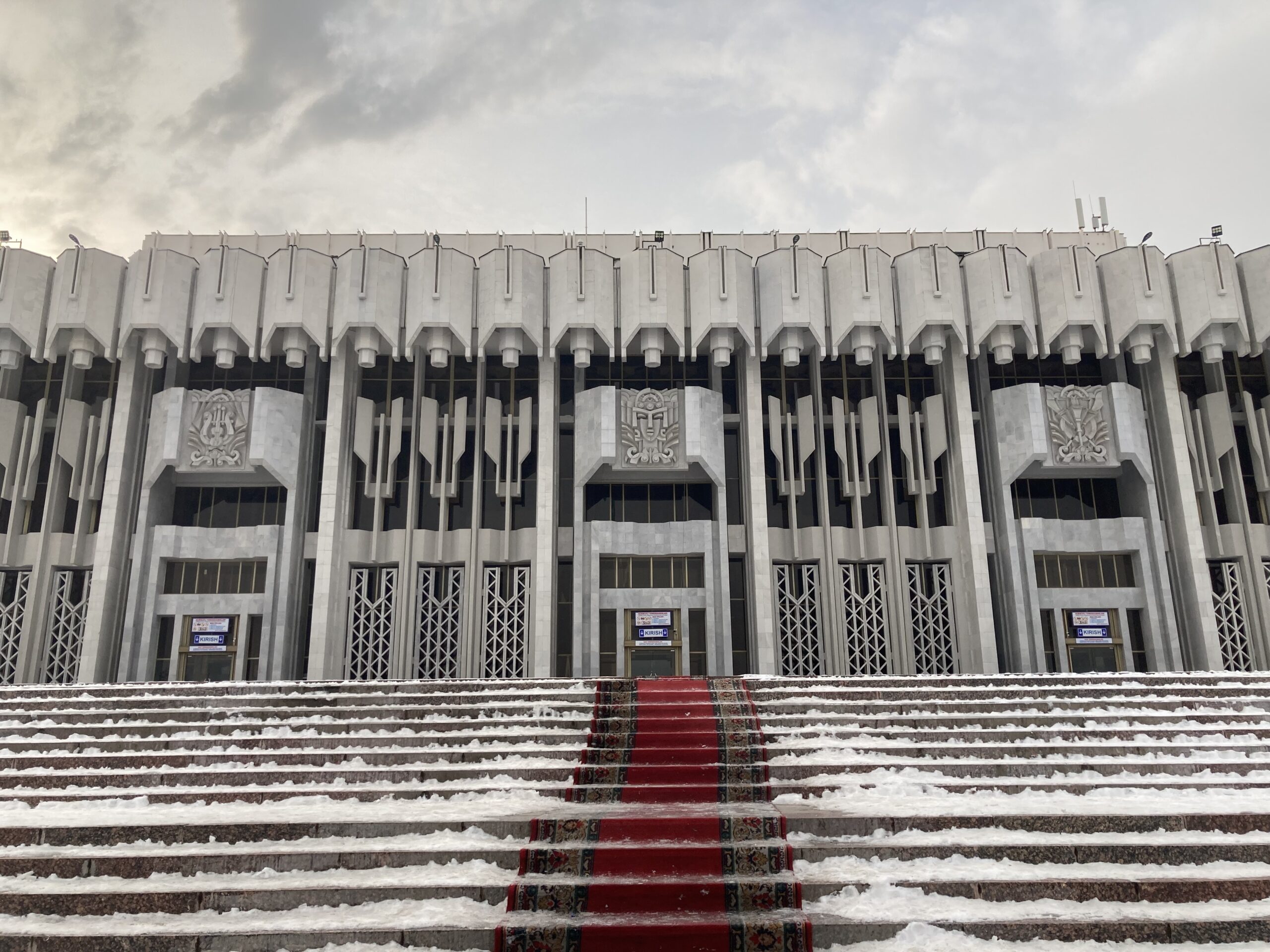
Most concert and conference halls are also a gift from the Soviet period. The Friendship of the Nations Palace is one such example, as it can be seen above. From my perspective, it looks even better than the Alisher Navoi Theatre, which is yet another Soviet-era building that most people seem to be more fascinated about.
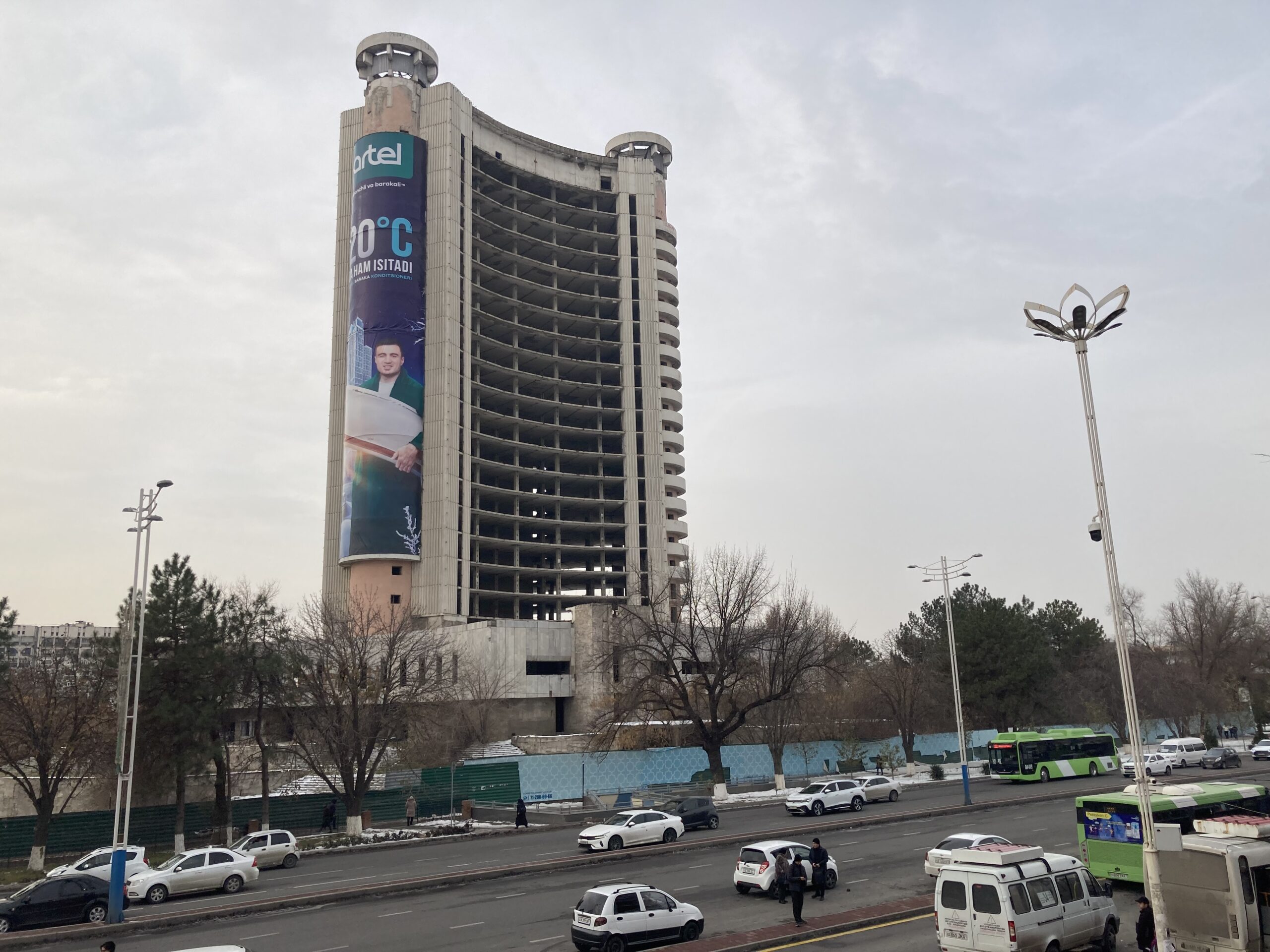
Not all buildings from the Soviet era, unfortunately, fared so well. Some are in disuse, other reached a point where they cannot be used. This structure, visible on your way to the Chorsu Bazaar, is one such example. I am not even sure when it was built, nor what it was once, but the whole design of it suggests that it was here before 1991.
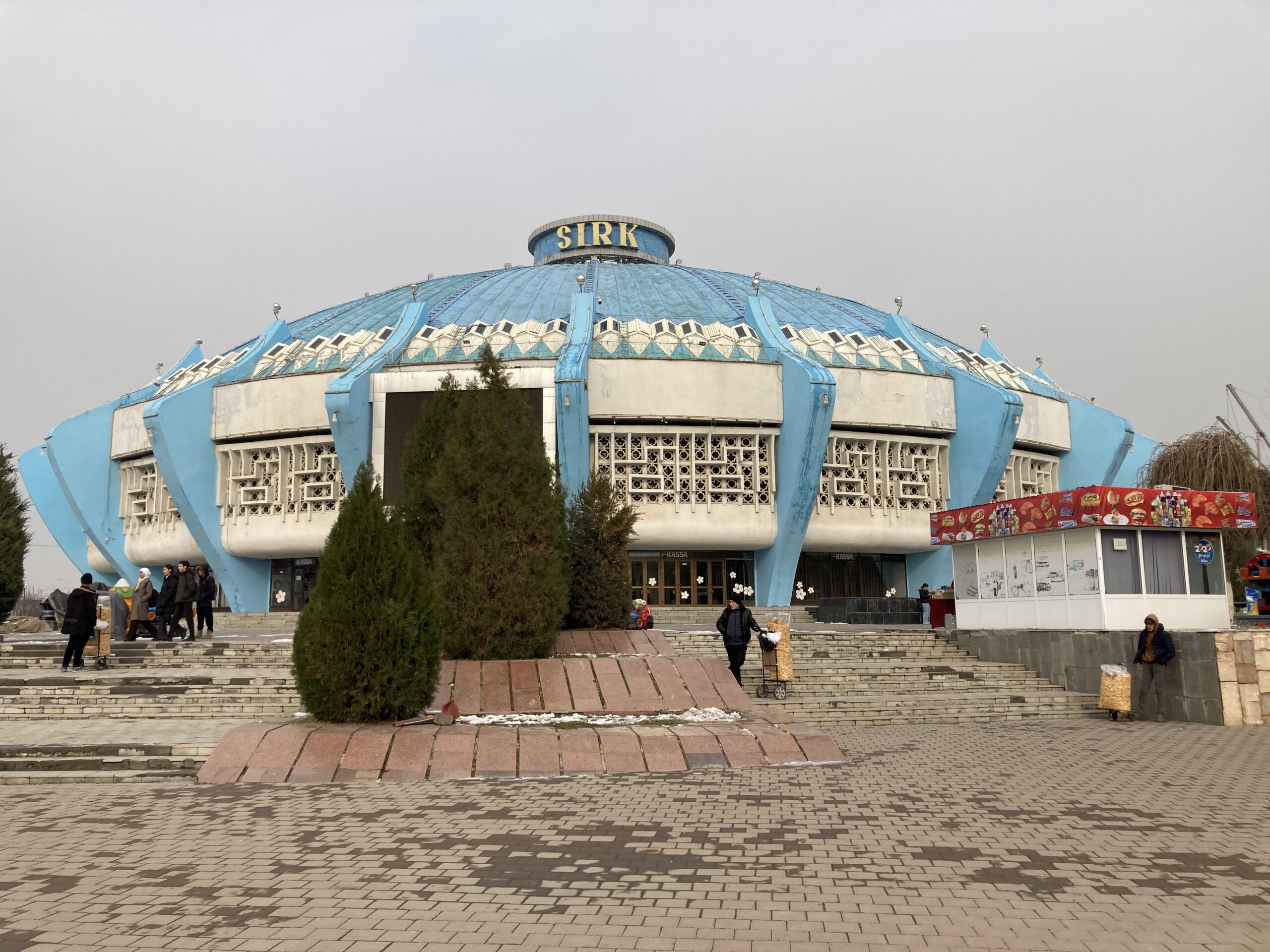
My travels around Central Asia so far made me realize that almost all cities, regardless of their size, had a circus like this, which still host travelling troupes every now and then. It is pretty cool to say the least, though most shows seem to be built on abusing animals, which is not something I can ever condone. Nevertheless, their often spaceship like design alone makes them a landmark in my book.
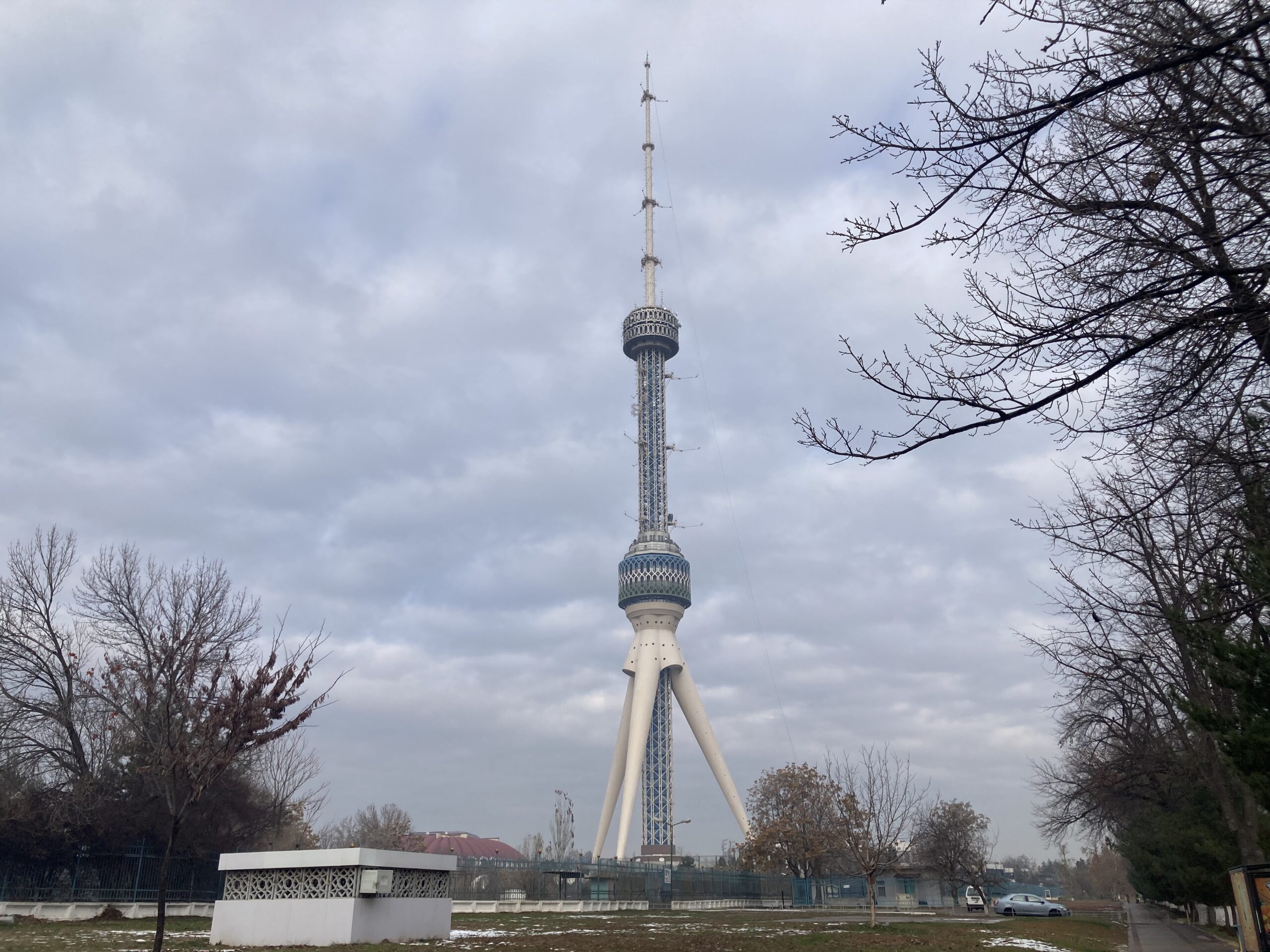
The TV tower of Tashkent is yet another landmark of the city, visible from almost anywhere. Apparently, you can go up to around half its true length, from where you can enjoy the views of the city in a revolving restaurant. Since there is a huge problem with smog in town, I did not think it would pay much to do that, as all I could often see is just a kilometre or two away from me anyways…
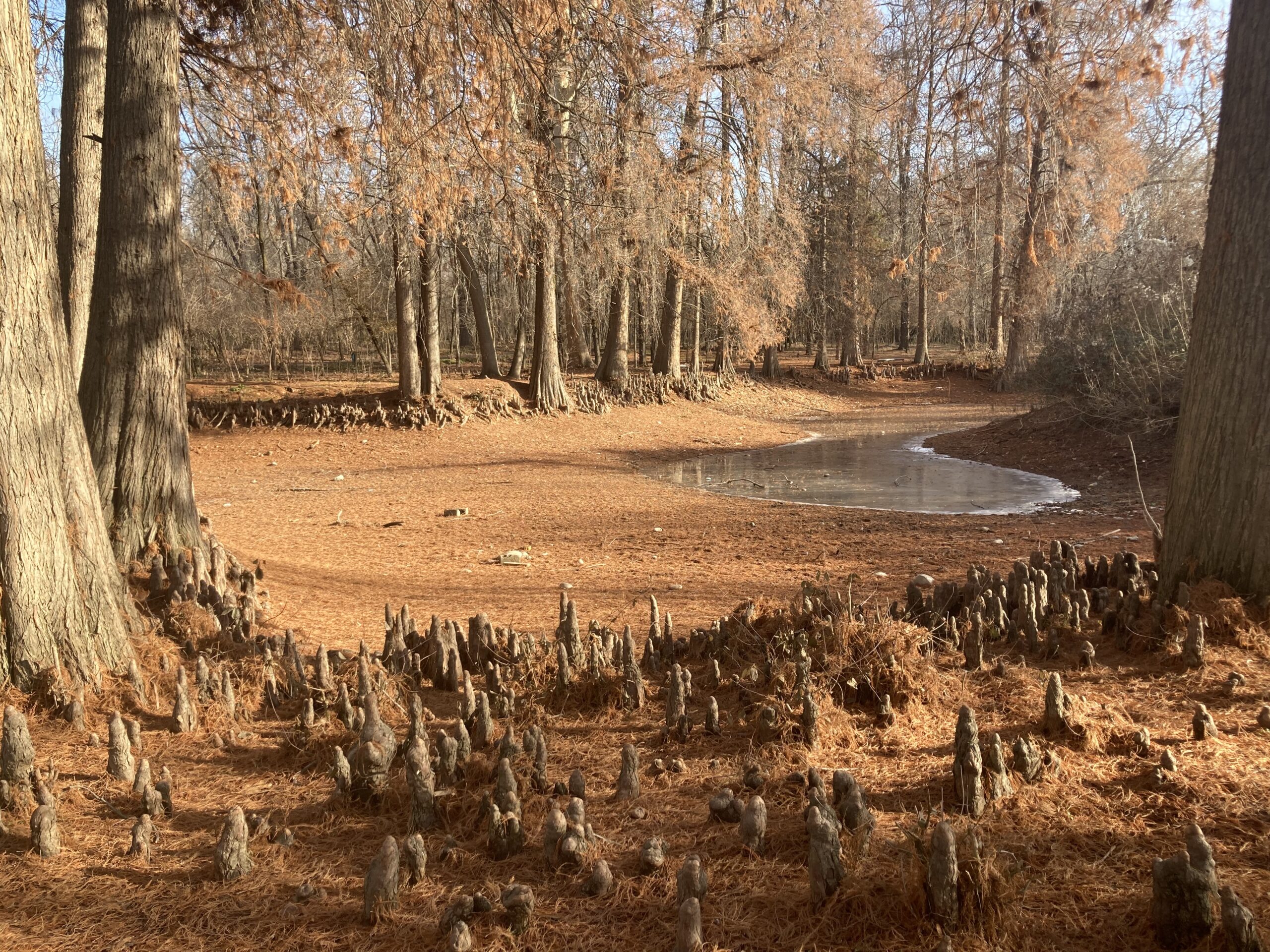
There are also some sadder remnants from the Soviet period, such as the botanical garden of the city. Being quite far away from its center, I nevertheless gambled to see it, but was quite disappointed to see that there was not much to see… The whole place is maintained by a handful of people, so pathways are not in the best shape and even most signs seem to be fifty years old. It was very cheap to get in, so I guess they are struggling with funding, which is a pity.
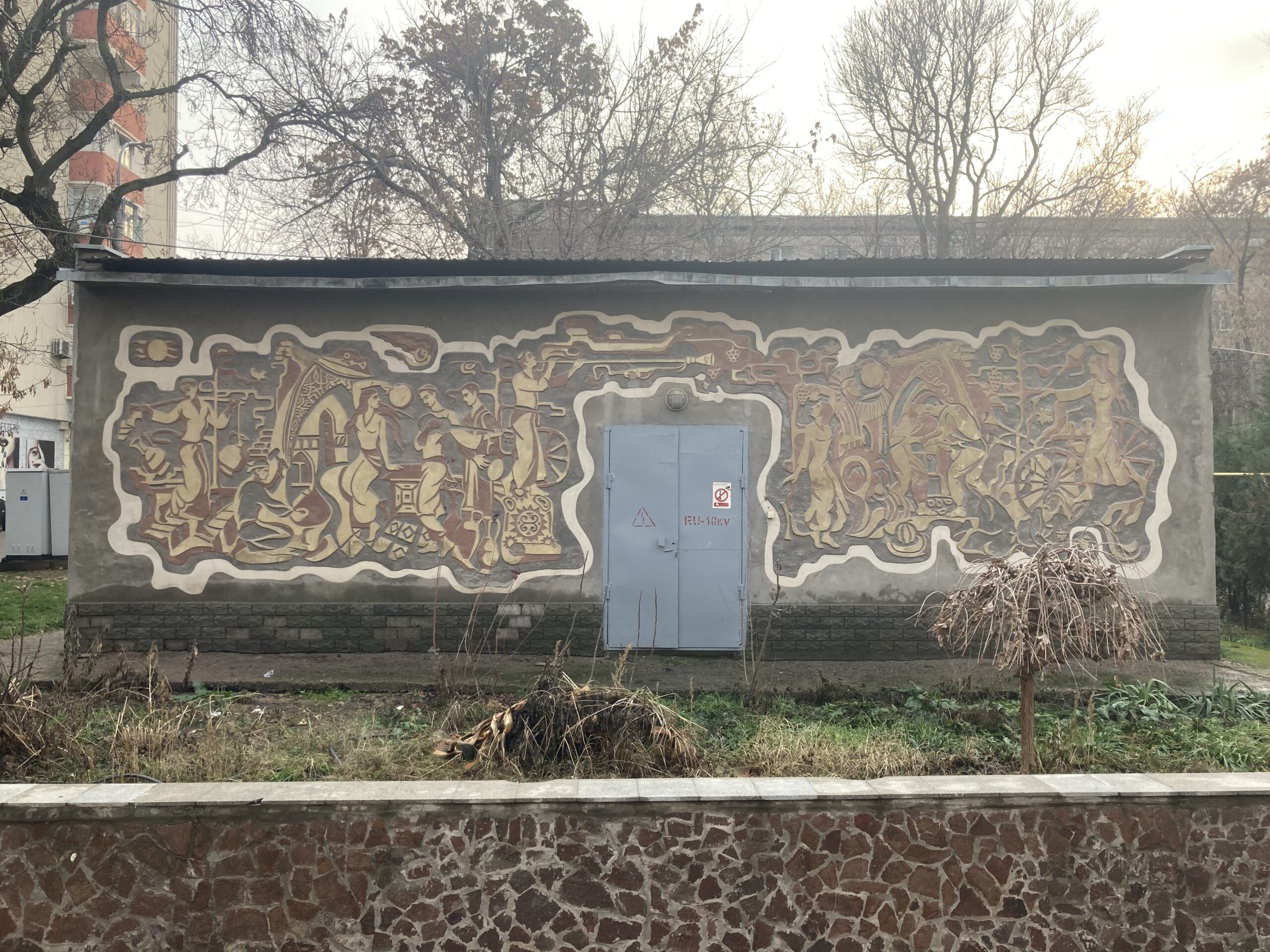
Some Soviet art installations will surprise you, as you will run into to them at places you would not necessarily expect them. This was found facing the Central Exhibition Hall, though it would have been better to see it displayed on the said hall if you ask me.
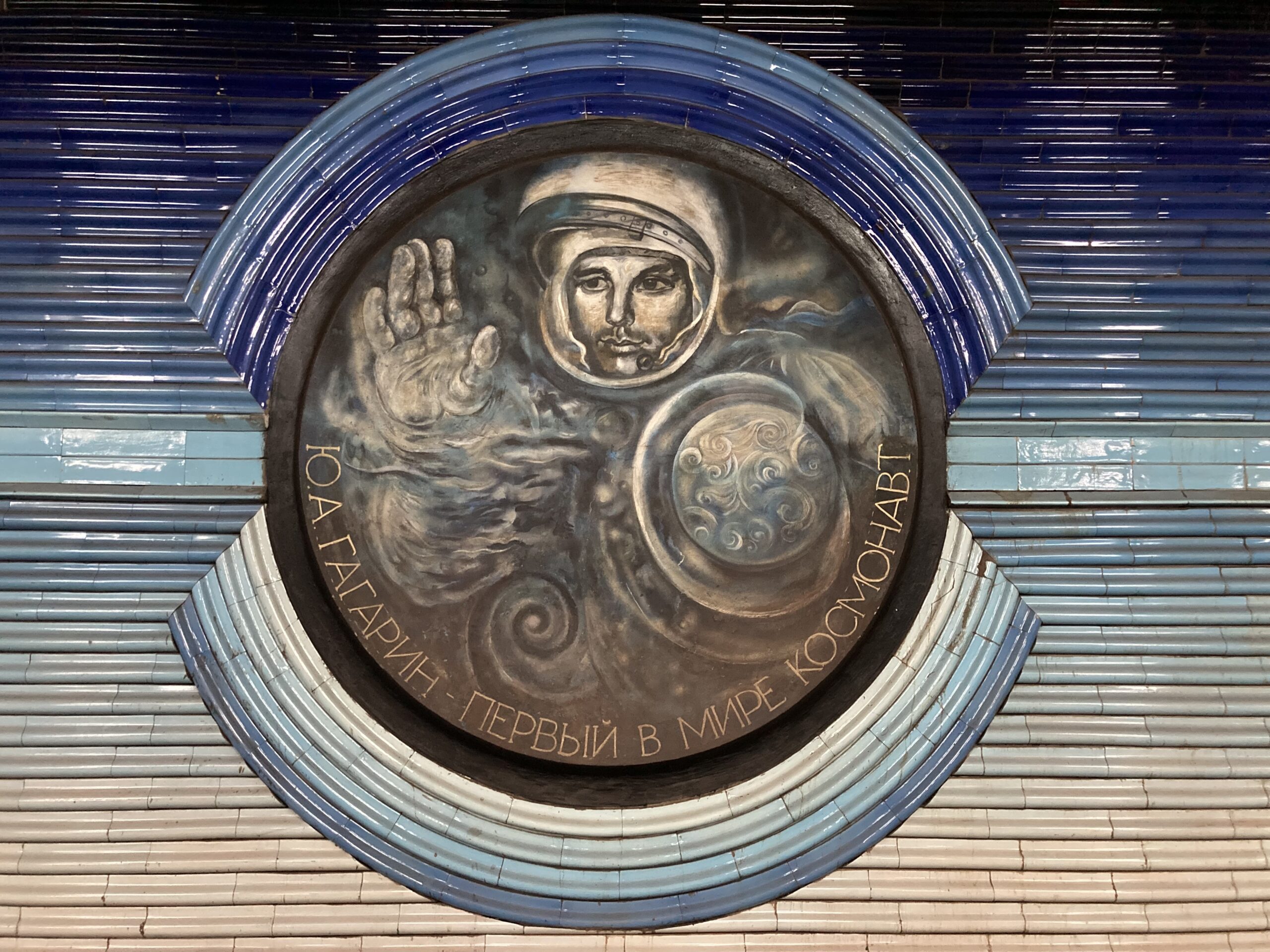
Last but not least, I guess I cannot end this work of mine without at least mentioning the Tashkent Metro. It is pretty famous, not for no reason, as some of its stations are decorated beautifully with some fascinating Soviet art. Many will tell you that you need to visit it, and that it is a landmark of the city. I will not do that, despite my love for metros.
The thing is, though it is impressive, and has historical and artistic significance, it does not really justify being pushed over in a small space with hundreds of others squeezed in a wagon that does not smell the best. Even in so-called down times, around 2-3pm that is, I had to wait two trains to pass by so that I can finally squeeze into the third one. This just will not do.
I visited around five stations this way, and in all honesty, it was a painful experience. The good news is, you can pay with your credit card to enter these stations, so technically you can visit them easily, but then again, there are other difficulties associated with it. Only the Cosmonauts station, in my opinion, really deserves your visit, and given how cheap it is, you may as well just pay to see these depictions of Soviet cosmonauts, take their photos, and then leave the station on foot back the way you came. I know that this all may sound a tad too cynical, and perhaps I just unlucky that one time, but it is all just my two cents on the issue.
Ultimately, Tashkent, as I would classify it, is a very Soviet city. It is changing, that much is certain, but regardless of that change’s rapid paste, one can enjoy the Soviet heritage of the town for the unforeseeable future, hopefully… Do give it a shot if you are into Soviet mosaics and architecture, you will not be disappointed.
